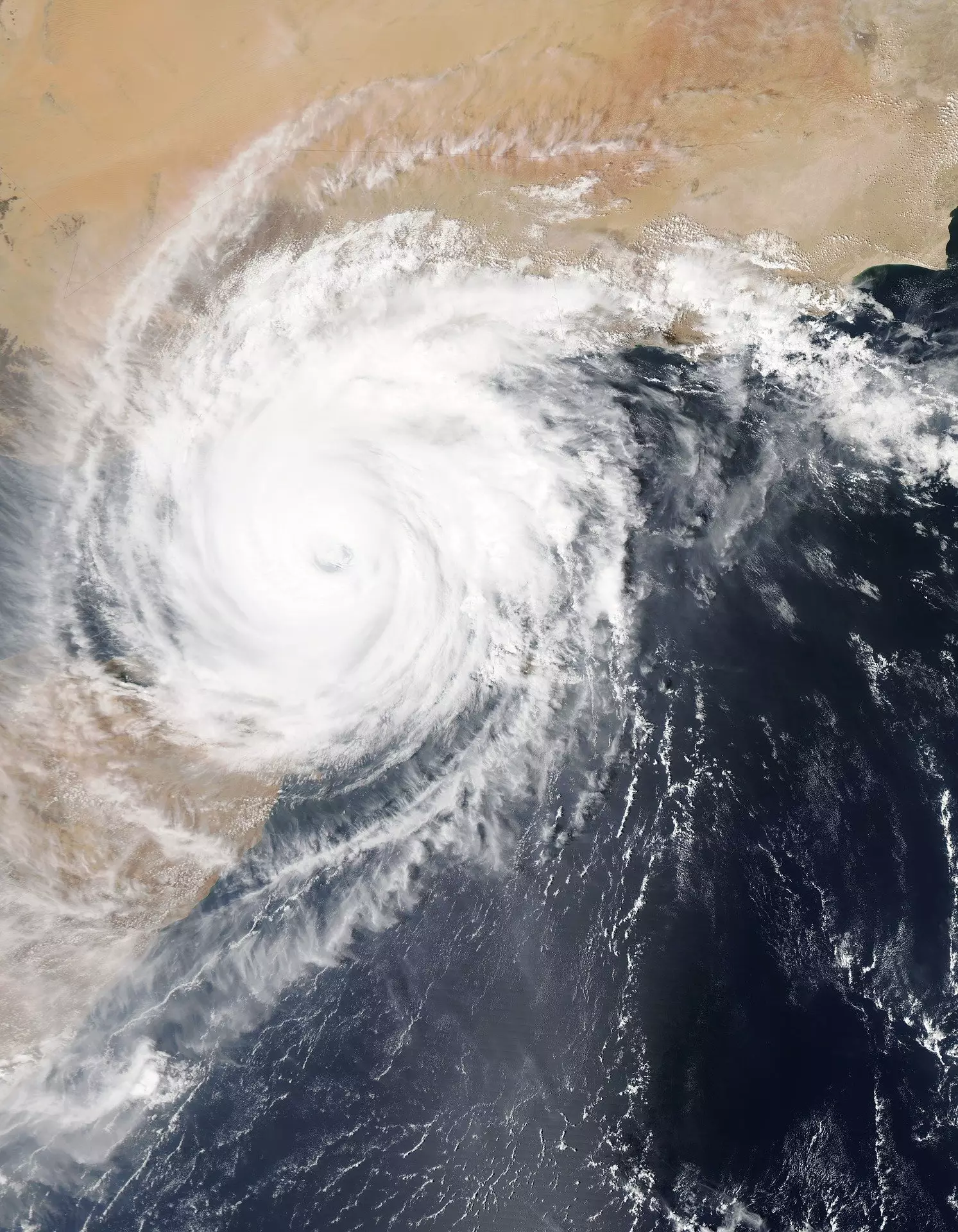Time is crucial when it comes to predicting tropical cyclones. The ability to provide communities with advanced warning allows them to be better prepared for the impact of a storm. Traditionally, forecasting models could predict the path and nature of tropical cyclones up to only five days in advance. However, recent research published in the Journal of Geophysical Research introduces a new approach that could potentially extend this lead time to two weeks.
The study proposes a hybrid model for longer-range tropical cyclone forecasting. This model combines the strengths of the physics-based Weather Research and Forecasting (WRF) Model with the storm path modeling capabilities of a machine learning model known as Pangu-Weather (Pangu). The WRF model provides high resolution by dividing the Earth’s surface into small grid squares, simulating the intricate processes involved in the evolution of a tropical cyclone. On the other hand, the machine learning model Pangu is effective at predicting storm paths but may miss smaller-scale variability due to its lower resolution.
To test the efficacy of their hybrid approach, the researchers conducted six experiments over a two-week period. They made adjustments to their models and applied them to 2023’s record-breaking tropical cyclone, Freddy, as a case study. The results were promising. The hybrid model significantly improved tracking and intensity forecasts compared to using a single modeling method. Furthermore, the approach extended accurate predictions from five to seven days and closely matched the path and intensity of Freddy over the entire two-week period.
The researchers believe that with further testing and refinement, their hybrid modeling approach could potentially extend the warning time for tropical cyclones beyond two weeks. This advancement in forecasting technology could significantly benefit at-risk communities by providing them with more time to prepare for major storms. By combining the strengths of physics-based models and machine learning capabilities, the future of tropical cyclone prediction looks promising.
The research conducted on the hybrid model for tropical cyclone forecasting represents a significant step forward in improving prediction accuracy and lead time. By addressing the limitations of current forecasting models and combining different approaches, researchers have demonstrated the potential to revolutionize the way we prepare for and respond to tropical cyclones. The future of tropical cyclone forecasting is indeed a bright one, with the possibility of providing communities with even more time to brace themselves for the impact of these powerful storms.


Leave a Reply